Florida Winter Plant Protection Tips
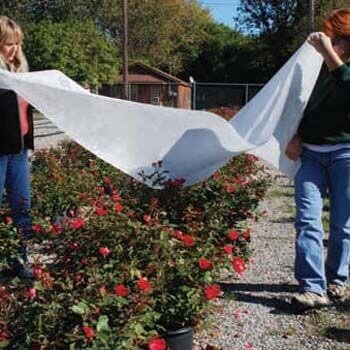
Florida Winter Plant Protection Tips
Even though Florida experiences moderate winter temperatures, a freeze can still occur. All it takes is one night of exposure to wind and temperatures between 30-40 degrees, and your tender plants or shrubs can receive cold damage without winter plant protection.
Here are some tips on what to before and after cold temperatures in Florida occur.
How To Cover Plants and Shrubs
Covering plants and shrubs that are not cold hardy, is the best way to protect them when a freeze is predicted to happen in Florida. Use cloth, sheets, quilts, burlap, or covering you can get from local nurseries made specifically for plants.
Do not use plastic for winter plant protection, for it will cause water droplets from condensation to appear on the leaves which will result in burning them.
Covers that extend to the ground can lessen cold damage by reducing heat loss. Even though it’s hard to do, try to keep the cover from coming in contact with the foliage, this can cause the leaves to turn brown. Even if you can’t keep the cover from coming in contact, cover them anyway. It’s better than no winter plant protection at all.
Plants or flowers in containers or pots can be brought inside the house or in the garage. If they must be left outdoors push them together for winter plant protection, to reduce heat loss. You can also cover them with proper covering. Remember when temperatures warm up separate them as soon as possible because the leaves can be damaged if left crowded together for a long time.
What To Do After Freeze Has Ended
When the freeze has ended with temperatures returning to normal and the sun shines again, remove covers, for plants need air and light as soon as possible. Any brown leaves will fall off naturally, and new growth should appear when the temperature warms up. If you want to, remove brown leaves by hand.
After removing winter plant protection, check plants and shrubs for their watering needs. Water as soon as possible. The ground or soil in containers may still be frozen, so they will need to thaw it out. This helps plants receive water as quickly as possible.
Pruning And Fertilizing Cold Damaged Shrubs
Pruning and fertilizing should be delayed until Springtime. When spring arrives new growth should start, and then you will know if the plant or shrub has survived the winter. You can see which woody stems or branches are alive or dead, by scraping off the bark with your fingernail. Look for green tissue and prune back dead stems to the point where the green begins, even if it means cutting them down to the base of the plant or shrub. You will know within 30 days if they will survive.
Proper Care For Winter Plant Protection
If the soil drains poorly then over a period of time plants or shrubs will develop weak shallow roots, which will make them more susceptible to cold damage. If the soil has not been overwatered, then it is recommended to water before a freeze. The ground will absorb more solar radiation and will radiate heat at night. Applying mulch around the roots will also help protect by reducing heat loss.
Plants and shrubs that are fertilized in the fall with the correct balance of nutrients, will tolerate the cold and recover quicker. Late fertilization can cause new growth which is very susceptible to cold injury. Also pruning shrubs too late will result in a flush of new growth, which will hurt them when cold weather arrives.
Winter Plant Protection From Proper Planting
The first step homeowners can take in helping plants from winter weather starts at the beginning when designing your landscape. When selecting planting sites remember temperature changes differ from one area to another. Tender plants should be planted in areas where there is good air drainage, and not in low spots where cold air settles. Protect plants by arranging them with cold hardy shrubs, using them as a barrier for winter plant protection. Placing tender plants and shrubs where fences and buildings can protect them from wind, is a great step in saving them during the winter months.
Conclusion
I know it is hard to keep all plants and shrubs from having some cold damage, but with proper winter plant protection, one can keep them from dying. Proper care and planting can also help in keeping problems from happening. Both will reduce your chances of having to replace them in the spring.


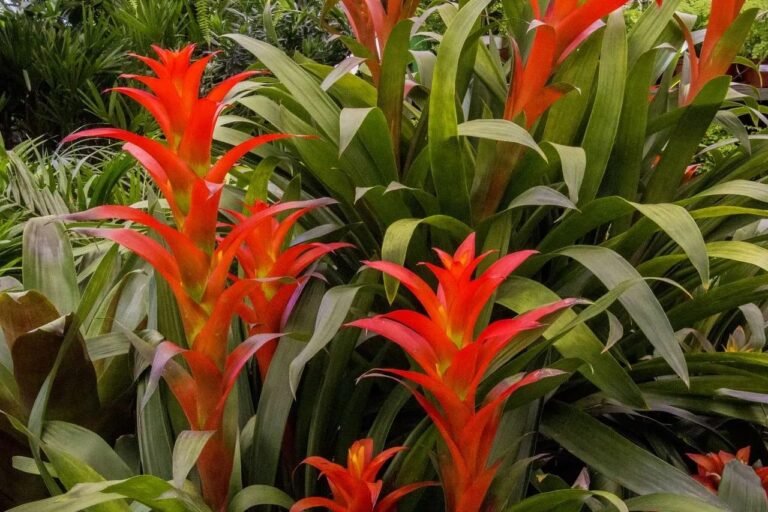

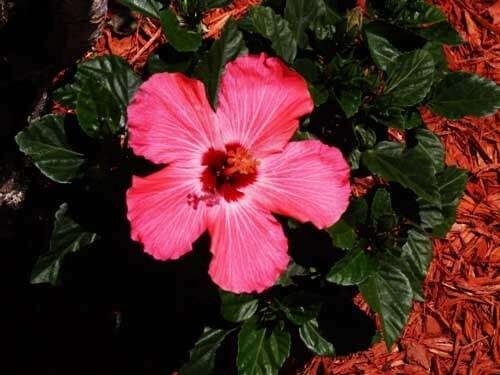
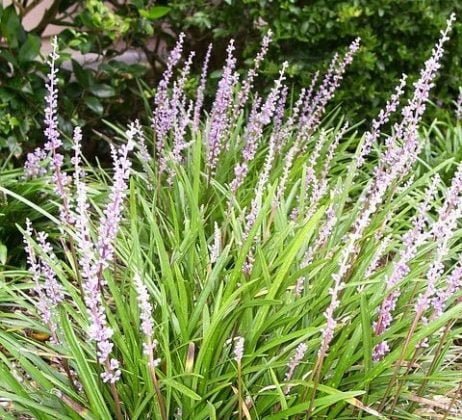
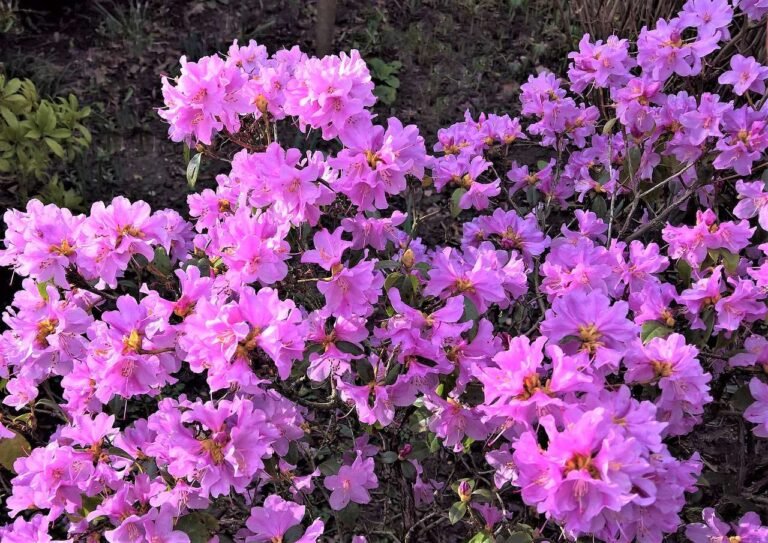
Hello! My shrubs and trees look like they got frozen last night (1/22/09), the leaves are drooping like a plant looks when it really needs watering. Also I have a couple tiger palms and their leaves turned rather brownish/blackish. Geez!! I hope they are not ruined. What would you suggest I do? I am in SW FL right between Sarasota and Ft. Myers. It is making me sick to think those thousands of dollars went to waste. Thank you very much. Janet
Hi Janet,
I Understand your concern and it is rightly so. Chances are you won’t have to replace all your shrubs. It all depends on how damaged they are, time will tell. Shrubs can bounce back but you won’t know until March when Spring arrives. The ones that will or will not. They are going to drop their leaves which is natural so don’t be alarmed.
Water the ground at the base as soon as possible so the roots will absorb the water. Now you can check them by scraping off the bark with your finger nail and if you see Green tissue they are alive. Go all the way down to the base to see. The tops might be dead so when Spring arrives Prune back to the point where Green begins. Do Not Prune or Fertilize Now. It will take some time for New Growth to appear… So please be Patient.
It sounds like your Palms have been hit hard. You won’t know for months how bad. If they have been fertilized on a regular basis, they’ll have a better chance of recovering. Immediately Prune off Cold-Damaged portions even if they are spotted. After pruning, spray Palms with a “Fungicide” containing “Liquid Copper”.
During the spring and summer, look to see if New leaves appear Deformed, Brown, or Abnormal. If they are Palms have “Cryptic” Cold damage. In most cases the Palms will grow out of it later in the summer. If during the summer months a sudden Collapse of some or all emerging leaves in the crown occurs, this will indicate “Trunk Damage” and could result in the loss of the tree. Only time will tell.
This should answer your questions and hopefully you will have full recovery.
Kurt.
Hello Kurt ,
if plants already have freeze damage and another freeze is comming, should they be covered anyway ?
Thank You.
Robert
Can you suggest cold weather tolerant shrubs to plant around a swiming pool the height about waist high and are colorful to look at? I live in Leesburg, Floida
and we have lost most of our landscaping due to the bad Winter weather we have just experienced. So in replanting around our home and pool I am looking
for plants, shrubs and flowers that can withstand a frost?
I would appreciate your comments , thank-You
Betty
Robert:
I do recommend covering your plants even though they have cold damage because they may not be completely dead. You can read my reply to Janet’s question for more information on cold damaged plant recovery.
Kurt.
Betty:
Thanks for the great question about cold weather tolerant plants and shrubs. I created a list of Cold hardy Plant and Shrubs that I recommend using located here: https://floridalandscapingtoday.com/florida-cold-hardy-flowers-plants-and-shrubs/
Thanks again.
Kurt
I am wondering if just one or two nights of cold can kill a plant. I have been told that one night won’t hurt, but it seems if it is freezing, it could kill a plant.
Thanks,
Diane
Diane,
All it takes is one night of freezing temperatures to damage tender plants that are left unprotected. It may or may not kill them but why take the chance? I have seen some plants die from just one night of a hard freeze, totally wipe out an entire area of the same plant. If tender plants have been exposed to freezing temperatures one night and then it happens again the next night, then they could die from too much exposure. It’s difficult for them to handle it after already being stressed the night before. I would cover tender plants if the temperatures are going to be freezing or below.
Kurt